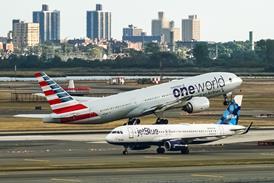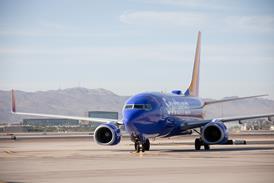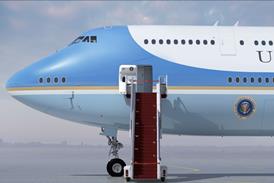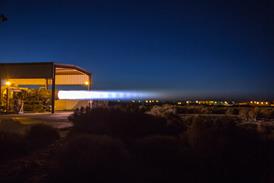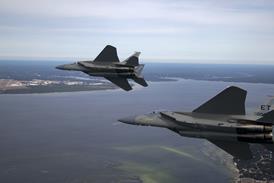The deep rift between the USA and Europe over the forthcoming hushkit ban results directly from the international community's failure to move forward with new noise standards to follow International Civil Aviation Organisation (ICAO)Chapter 3 rules.
These regulations, almost 25 years old, are clearly well past their sell-by date. To its credit, the aerospace industry has continued to introduce new aero-engine technology that has bought with it much lower noise levels - which an ever-more environmentally conscious general public now takes to be the norm.
People living near airports now see no reason to put up with the continuing racket made by ageing aircraft kept in service at the whim of airlines wishing to cut costs. They would certainly not support the idea that they have to put up with this noise to ensure the resurrection of the Pratt & Whitney JT8D and the survival of the US hushkit industry.
While it is true that hushkitted aircraft meet Chapter 3 rules, there can be little doubt that such aircraft are subjectively more noisy than their modern counterparts, as well as considerably more polluting and less fuel efficient.
Fitted with hushkits, or operating at reduced weights and with various aerodynamic changes, they remain in service only because of a bizarre trade off system that enables excess noise in one measurement area to be set off against margins in another.
Why, then, has there been no new ruling? Extensive work is going on independently in ICAO to develop a new "Chapter 4" standard. It is a complex process, given the technical questions that have to be settled. But the issue has also become a bargaining chip between the two sides as they fight over the legality or otherwise of the hushkit ban.
It may be true that the European Union (EU) is acting outside the international legal framework in banning aircraft that are catered for within Chapter 3. But the fact is that Europe is meeting increasing environmental pressure from its own citizens, not just over aircraft, but in many other areas. The evidence is that airports themselves are taking unilateral action.
The USA has on noise acted reasonably in complaining to ICAO about EU policy and its dubious legality. It should, however, take no credit for its procrastination in agreeing to talks on a new noise standard, while its linking of the ban to direct pressure from Airbus seems fanciful.
US claims that the European consortium is behind the EC's hushkit policy appear groundless, and reflect the usual paranoia about Europe's industry and rulemaking bodies being in cahoots to ensure that the continent's own best interests are served.
The fact is that Airbus has achieved a 50% market share by competing directly with modern, US-manufactured aircraft that were designed from the outset to be compatible with Chapter 3. Airbus' growth has not, and will not, be impeded by any threat from modified Chapter 2 aircraft. Indeed, while Pratt & Whitney is clearly the main victim of the ban, other US firms such as General Electric (through CFM International) stand to gain rather than lose.
The USA would do well to remember that many in Europe feel that a "protectionist" lobby is at work in the USA, and making itself felt in numerous ways, not least through the Federal Aviation Administration's stated mission of supporting US industry. The USA may shout about European protectionism, but there are murky waters on both sides of the Atlantic.
If there is any good to come out of the present fiasco, it may be that the protagonists will be forced to accept that it is time to nail down a new, unambiguous noise law - one that leaves no scope for contradictory interpretations of the sort that have caused the present troubles. The hope is that September's ICAO meeting in Montreal will see a positive move in this direction.
The hushkit fight is doing nobody any good. Not the regulators, nor the airlines and certainly not the image of a industry that continues to field aircraft that should long ago have been retired in the interests of a quieter, cleaner world.
Source: Flight International


